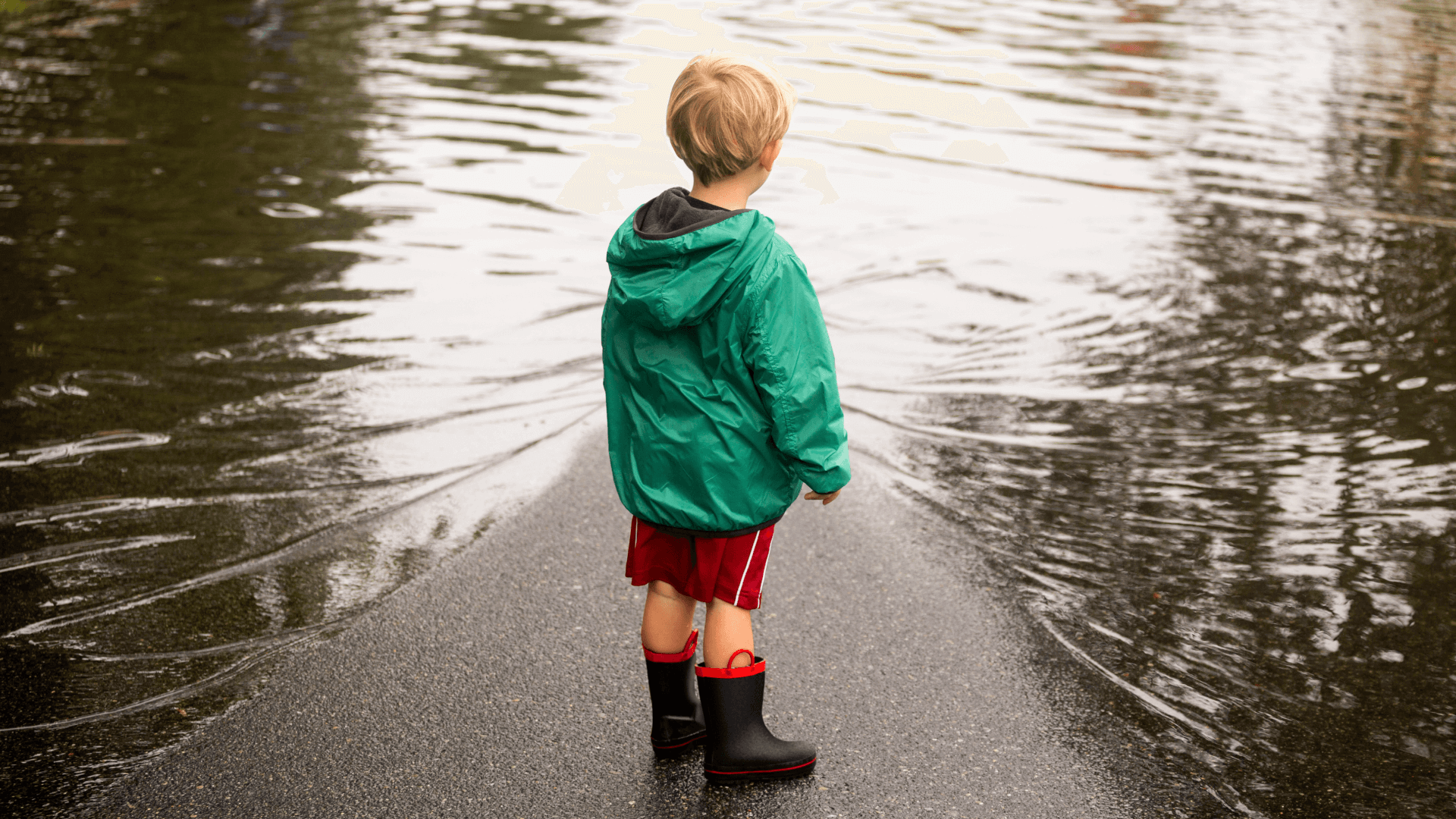The effects of climate change are burning a hole in our pocket, and it’s getting bigger.
In the United States, annual losses from climate-related flooding average about $32 billion. Over the next 30 years, we’ll see that figure rise by more than $8 billion, according to a research paper published in January in the journal Nature Climate Change.
The paper explains which areas of the U.S. are most sensitive to climate-induced flooding now and in the future. Researchers predict that by 2050, flood risk will intensify on the Atlantic and Gulf coasts, severely impacting predominantly Black communities.
"The Deep South will experience the largest climate-induced shifts, as rainfall patterns change and sea level rises in a warming world," says Oliver Wing, lead author of the paper and chief research officer of Fathom, a U.K.-based water and climate intelligence firm.
In places where populations continue to rise, the flood hazard will compound [1] . "Floods only pose a risk where people and property get in the way of them," Wing says. "If development of floodplains continues apace, risk will only grow."
High-risk areas are shifting with the climate
Standard homeowners insurance doesn’t cover flooding caused by weather. If you have a mortgage and live in an area designated as high risk by the Federal Emergency Management Agency (FEMA), then you’re required to buy flood insurance. You can check your home’s flood zone using FEMA’s flood map tool.
If you live in a designated high-risk flood area, that means there’s at least a 1% chance there will be a flood there every year. That might not sound like significant risk, but just 1 inch of floodwater can cause more than $25,000 in damage [2] .
But, Wing says, as recently as 2020 there were many places with a high risk of flooding that FEMA did not recognize because there wasn’t a significant historical risk there. In other words, its method for determining which areas are at risk doesn’t account for future climate change threats, potentially leaving some of the most vulnerable communities with a false sense of safety.
In fact, a quarter of flood insurance claims come from homeowners who live outside of high-risk flood zones, according to the National Insurance Commissioners Association [3] . It’s worth considering flood insurance even if you live in a moderate- or low-risk area.
Who needs flood insurance?
Wing and his co-researchers project that urban and rural areas in Texas, Mississippi, Louisiana, Alabama, Georgia, Florida, the Carolinas, and Virginia, are home to predominantly Black communities, will see a minimum flood risk increase of 20% over the next 30 years.
"In terms of inequity, the takeaway is that the U.S. is — by design, consciously or otherwise — asking those with the least capacity to respond [to flood risk] to shoulder a disproportionate burden," Wing says. "Importantly, homeowners should use this information to understand their risk, as governmental data are incomplete."
More than 95% of flood insurance policies in the U.S. are purchased through the National Flood Insurance Program (NFIP), which is managed by FEMA [4] .
FEMA recently updated how it prices flood insurance in an effort to reflect an individual property’s risk rather than treating all homes in a high-risk flood area the same. Rates will increase for a majority of existing NFIP policyholders by about $88 a year on average, according to a Policygenius analysis of FEMA data.
Meanwhile, 23% of policyholders — about 1.1 million households — will see an annual decrease of $424, on average. The changes take effect on April 1.
The NFIP also now offers premium discounts for risk mitigation, like placing an air conditioning unit or hot water heater on elevated ground. But NFIP building coverage tops out at $250,000.
Private flood insurance, an alternative to the NFIP, can provide higher coverage limits for your house and belongings, but may be unavailable in FEMA designated high-risk areas.
Be sure to compare flood insurance quotes from at least three companies before buying a policy to make sure you’re getting the best rate for your situation.
Image: Roberto Westbrook / Getty Images

